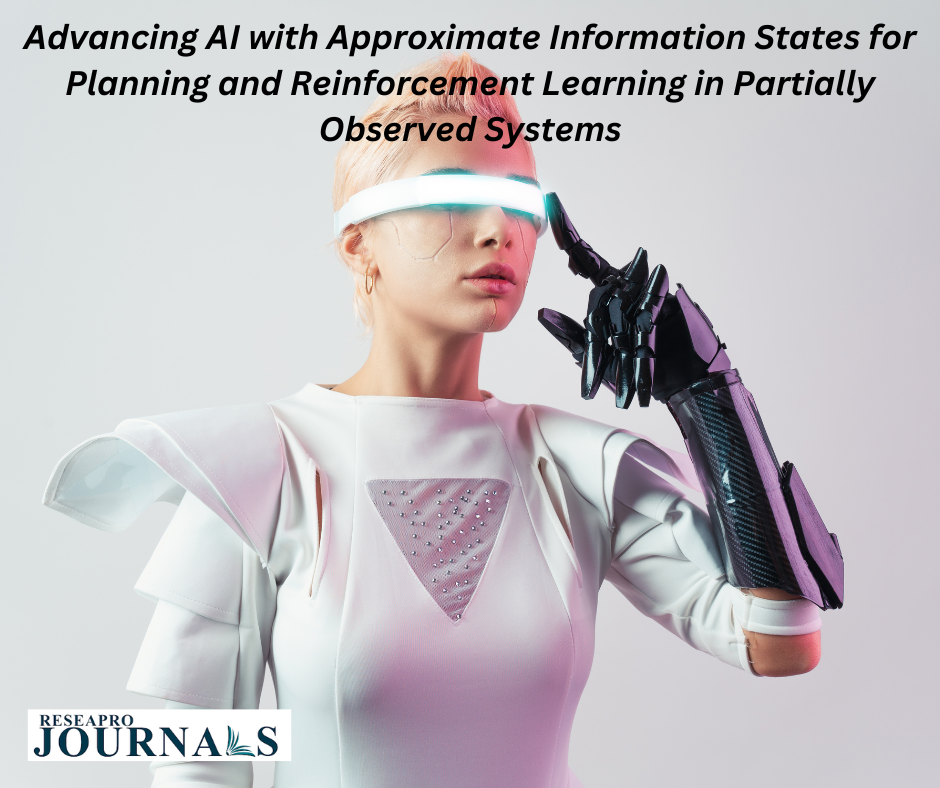Artificial intelligence (AI) has made tremendous strides in recent years, conquering tasks from playing chess to recognizing faces. However, one of the biggest challenges facing AI remains its ability to handle partially observed systems. These are situations where the agent only has incomplete information about the environment, making it difficult to plan and act effectively.
This is where approximate information states (AIS) come in. AIS is a powerful new framework that provides a way for AI agents to reason and make decisions in partially observed systems. By capturing the essential information needed for planning and learning, AIS can help agents navigate the unknown with greater accuracy and efficiency.
Understanding the Challenge of Partially Observed Systems
Imagine you are trying to navigate a maze blindfolded. You can feel the walls around you and hear echoes from your footsteps, but you can’t see where you’re going. This is essentially what an AI agent faces in a partially observed system. It has limited sensory data and must rely on this information to make decisions that will lead it to its goal.
Traditional planning and reinforcement learning algorithms often struggle in these situations. They rely on having a complete understanding of the state of the environment, which is not possible in partially observed systems. This can lead to the agent making poor decisions or even getting stuck altogether.
The Power of Approximate Information States
AIS offers a way to overcome these limitations. Instead of trying to capture the entire state of the environment, AIS focuses on the information that is most relevant for planning and learning. This could include things like the agent’s current position, the location of obstacles, and the potential rewards for taking different actions.
By using AIS, agents can develop approximate dynamic programs, which are simplified versions of the true dynamic program of the environment. These approximate programs allow the agent to reason about the future and make decisions that are likely to lead to its goal, even though it doesn’t have all the information.




